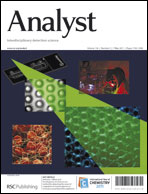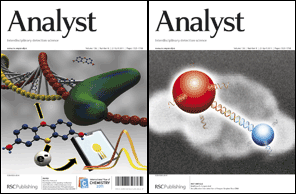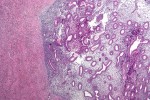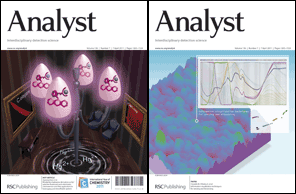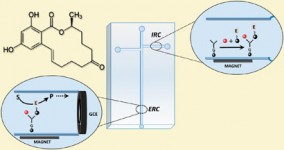We’re proud of all the content published in Analyst but we did some number crunching and have identified some of the most popular articles of 2010. They include papers on amperometric sensors, profiling banknotes using ambient MS, and detection of melamine, as well as reviews on optical imaging in live cells and upconversion nanoparticles.
These papers will be free until the end of April – please do take a look. Or if you are one of the many who have enjoyed them already, pass on the information to any colleagues who may be interested.
Why do you think these particular papers were so well-received? We’d love to hear your thoughts via the comment thread below.
Minireview: Optical imaging of non-fluorescent nanoparticle probes in live cells
Gufeng Wang, Anthony S. Stender, Wei Sun and Ning Fang
Analyst, 2010, 135, 215-221
DOI: 10.1039/B916395F
Visual detection of melamine in infant formula at 0.1 ppm level based on silver nanoparticles
Cuiping Han and Haibing Li
Analyst, 2010, 135, 583-588
DOI: 10.1039/B923424A
Thick-film textile-based amperometric sensors and biosensors
Yang-Li Yang, Min-Chieh Chuang, Shyh-Liang Lou and Joseph Wang
Analyst, 2010, 135, 1230-1234
DOI: 10.1039/B926339J
Critical Review: Upconversion nanoparticles in biological labeling, imaging, and therapy
Feng Wang, Debapriya Banerjee, Yongsheng Liu, Xueyuan Chen and Xiaogang Liu
Analyst, 2010, 135, 1839-1854
DOI: 10.1039/C0AN00144A
Instantaneous chemical profiles of banknotes by ambient mass spectrometry
Livia S. Eberlin, Renato Haddad, Ramon C. Sarabia Neto, Ricardo G. Cosso, Denison R. J. Maia, Adriano O. Maldaner, Jorge Jardim Zacca, Gustavo B. Sanvido, Wanderson Romão, Boniek G. Vaz, Demian R. Ifa, Allison Dill, R. Graham Cooks and Marcos N. Eberlin
Analyst, 2010, 135, 2533-2539
DOI: 10.1039/C0AN00243G











